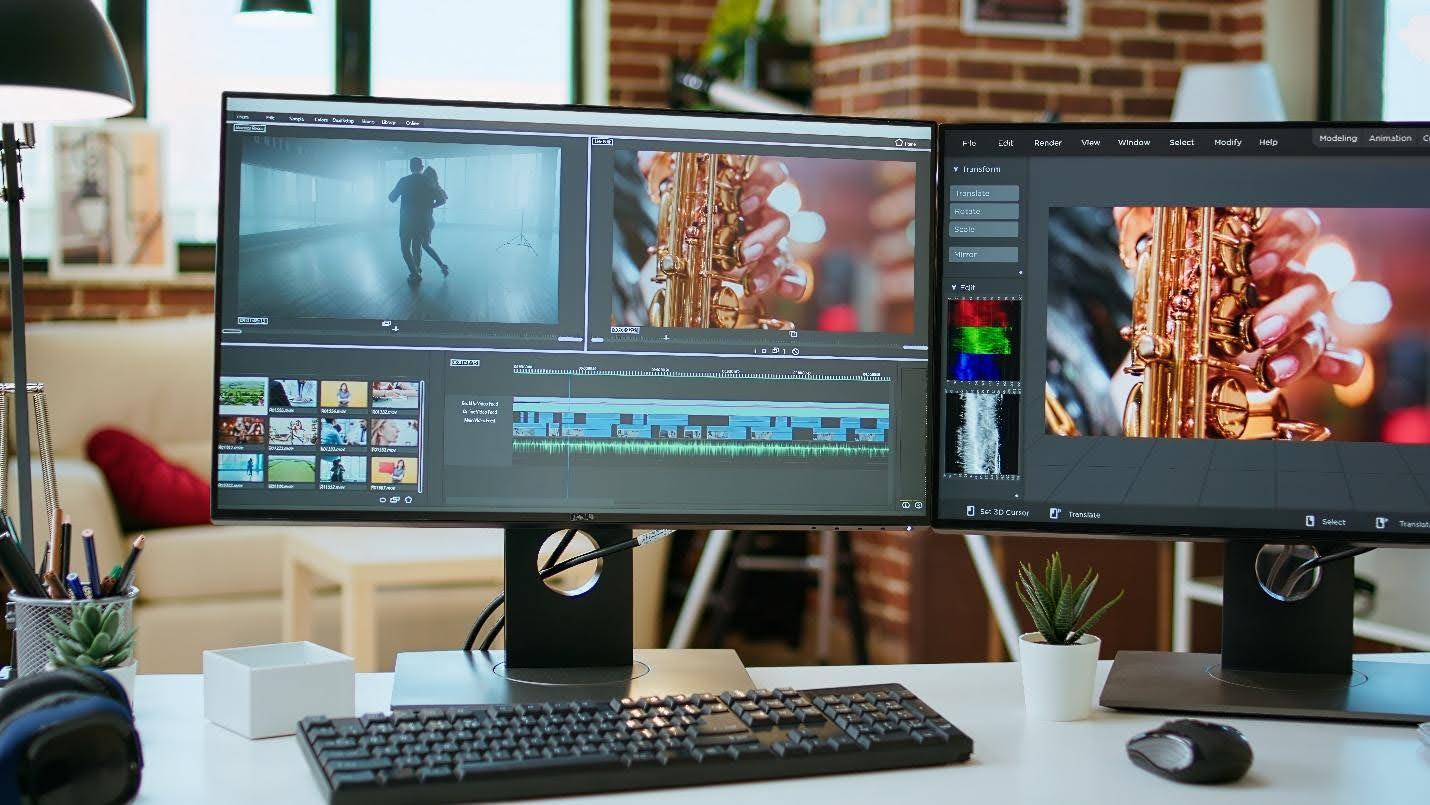In today’s digital era, photos are an integral part of everyone’s life. With the extreme influence of social media, everyone wants to have good pictures. The standard of satisfaction is neatly and beautifully edited photos.
Apart from the materialistic and show-off part, editing skills allow you to show what you aren’t able to show otherwise. It will enable you to bring your imagination into vision. Editing isn’t limited to color grading or background removal; it is a broad concept. Let’s dive into the depths of editing and discover types, tools and tips for sound editing.
What is Photo Editing
Photo editing is a process of altering and enhancing digital images using different tools. The alterations can be of color, light, cropping or removing the background. Whether you need to improve a photo or you want to remove something extra from the image, a photo editor can help with it. You can add different effects or convert it to black n white, anything you want.
In the digital era, visuals have become more critical, but sometimes images lack something or sometimes have something extra. To get the perfect picture, editing has become an essential part. The following are the tools that are used.
1. Adobe Photoshop
It is one of the most commonly used editors to help you easily bring out the best in your photos. It is beginner-friendly software due to its easy-to-understand features, system, and wide range of tools. It also offers tutorials for beginners. The features of Adobe include:
- Layers and masking
- AI-supported features
- Blending modes
- Color grading
- Presets and batch editing
- 3D and video editing capabilities
2. Skylum Luminar
It is an AI-powered editing tool to have the best photos. It is very easy to use because it doesn’t require a subscription, has no fees, and doesn’t demand a large amount of storage. It has a simple setup with magic effects and a fully automated editor that corrects exposures with ease and blends them flawlessly.
3. Photo Pixelator
A photo pixelator is a tool used to blur or pixelate certain parts of an image. It’s especially handy when you need to hide faces, sensitive information, license plates, or anything that shouldn’t be publicly revealed. It’s helpful safety feature for social media posts, tutorials, and business visuals that involve personal data. Some pixelators are also used in kids’ games by converting the pixelated pictures into a puzzle.
Types of Photo Editing
There are different types of photo editing categorized as basic, intermediate, and advanced.
1. Basic Level Editing
It involves minimal effort editing, such as:
- Photo straightening
- Cropping
- Resizing Image
- Image Sharpening
- Reducing Noise
- Balancing Contrast and Exposure
2. Intermediate Level Editing
It requires mastering each process to have the desired result.
- Image clipping
- Photo Masking
- Portrait Correction
- Photo Retouching
- Background Editing
- White/Black Balance
- Photo Stitching
- Image Manipulation
3. Advanced Level Editing
It includes intermediate skills with creativity to achieve customized editing.
- Old photo restoration
- Product editing for online selling
- 3D architectural design editing
- High Dynamic Range HDR editing
- Combining and Layering
- Super-Resolution Imaging


























